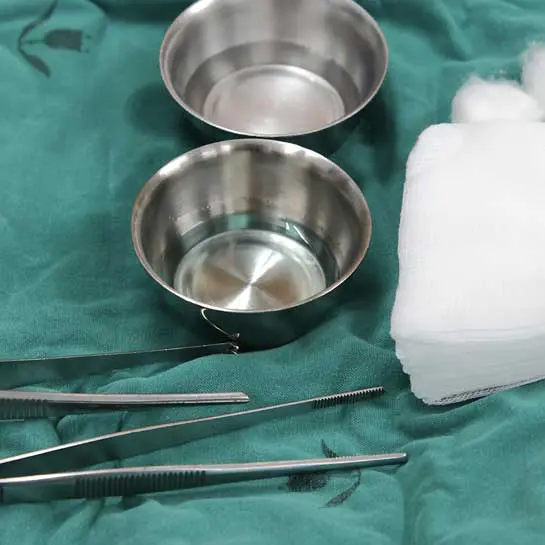Diabetic Foot
Infections Treatment
What is a diabetic foot infection?
Having diabetes means having blood sugar levels that are too high. Over time, this high blood sugar can damage your nerves or blood vessels — which may lead to the loss of feeling in your feet, meaning you may not be able to feel a cut, blister, or sore. These kinds of injuries, when left untreated, can cause ulcers and infections — very serious cases can even lead to amputation. This damage to your blood vessels can also prevent blood and oxygen from reaching your feet, which makes it harder for your feet to heal from a sore, ulcer, or other infection.
Video: Diabetic Foot InfectionsWhat are the symptoms of a diabetic foot infection?
Diabetic foot infections usually arise in some form of cellulitis, deep-skin and soft-tissue infections, and acute or chronic osteomyelitis. Most often, however, diabetic foot infections are distinguished by pain in the legs, swelling, open sores on the feet that are slow to heal or drain, ingrown toenails or toenails infected with fungus, or changes in skin color and temperature.
How does ID Care diagnose diabetic foot infections?
After an in-depth examination of your injury, our team will be able to determine the best route for diagnosing your specific infection. From wound cultures and biopsies to blood cultures and bone scans, ID Care physicians will diagnose your diabetic foot infection and develop a customized treatment for you.
How does ID Care treat diabetic foot infections?
With wound infection cure rates higher than most in the country, you can rely on ID Care physicians for the most effective treatment options available, with the least chance for limb or lower extremity amputation. Depending on the cause of your infection, your treatment may involve antibiotics, antimicrobial therapy, or even hyperbaric oxygen therapy (HBOT). Although there are many ways to heal diabetic foot infections, controlling your blood sugar levels and practicing good foot hygiene are the most efficient ways you can avoid foot problems or infections.
SOURCE: MedScape






